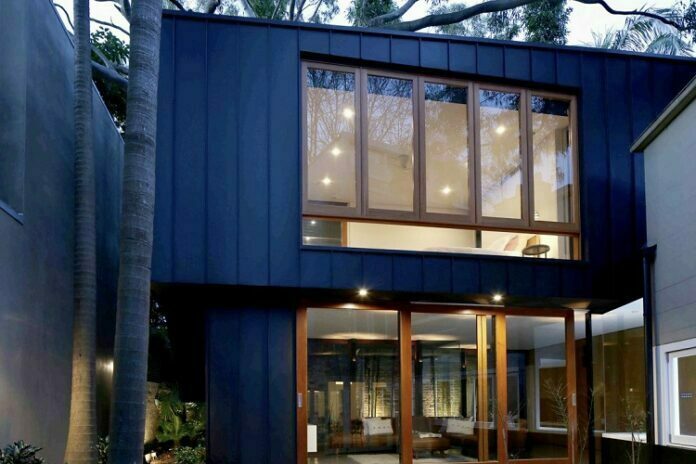Cladding is known as ‘siding’ in most areas of North America, while in Australia and Europe the word ‘cladding’ is used most often. It is also referred to as ‘weatherboard’ in many parts of the world. Building cladding can be described as a material which is installed over a support structure for the building or wall framing and is used to create an exterior finish. Its purposes include making improvements to the building’s appearance, as well assisting in keeping the outdoor elements where they belong – on the outside.
Simply cladding a building might not make it resistant to wind and water, but the cladding system will greatly assist with completing the outside walls of your building when it is combined with waterproof elements, such as insulation and building wrap. Insulation is added to a structure with cladding and it also serves to cut down on the level of sound that is allowed to go through the building walls. It is also important to maintain the cladding on your building, many companies offer such services, for instance cladding cleaning by RCB.
Cladding is available in several styles and materials. These are usually selected in accordance with the aesthetics and design of a building. For cladding to be adequately installed, the building’s structural framing should be complete. Oriented strand board or OSB and plywood are then used to cover the wall to assist in bracing against forces such as wind; however buildings that are made from concrete or masonry do not require the installation of OSB sheathing or plywood.
When cladding is being installed on surfaces, a form of vapour or moisture proofing must first be installed to protect against the penetration of moisture and also decrease the likelihood of mould or rot. This protection barrier is generally made from plastic sheeting or building paper which is stapled or nailed to the wall of the building. When the barrier is adequately placed, the cladding materials may be fitted over it.
There are several types of building cladding; one of these is vinyl siding, which is considered an inexpensive material that does not take much effort to cut, install or replace when required. Other forms include stone veneer, wood siding, metal siding (corrugated steel and aluminium panel) and also EIFS (Exterior Insulation and Finish Systems). Learn more about different office design ideas and trends, on this website: www.001success.net



















